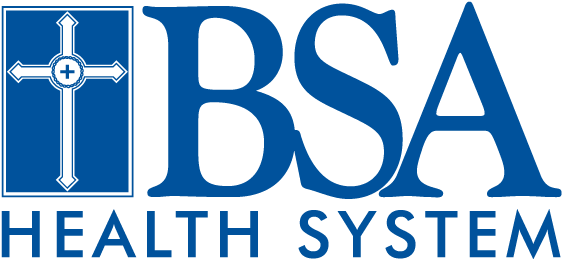Inside Careers at BSA - Nurse Practitioner
Tim Bixenman APRN, FNP-C joins us on the blog today to talk about his career as a nurse practitioner at the BSA Urgent Care Center.
I started working for BSA Health System 23 years ago in 1993. After graduating with my master’s degree from West Texas A&M University as a nurse practitioner in 2010, I was fortunate to get an opportunity to become part of the team at the BSA Urgent Care Center. With a background in emergency care, the BSA Urgent Care Center seemed like the perfect mix between a family practice and emergency medicine. This year marks my sixth year at BSA Urgent Care Center.
I started my career in health care as a nurse tech, but knew I wanted to do more. My next step was to work as a paramedic and then a nurse. Helping others in need has always been fulfilling to me.
Nurse practitioners are registered nurses who receive advanced education (minimum of a master’s degree in nursing) and clinical training in a health care specialty. They provide care for children and adults during health and illness. They teach people and treat acute illness and chronic disease. Becoming a nurse practitioner was a natural evolution in my career. There are many responsibilities and challenges for a nurse practitioner. Thankfully, I like a challenge and the responsibility of caring for others. I knew making decisions that would impact others and being a part of a group working to transform healthcare was for me.
The best thing about working at the BSA Urgent Care Center is the autonomy of practice. Nurse practitioners can work to the highest level of their training and education. I have found that at BSA Urgent Care Center, nurse practitioners function in the highest capacity. I also enjoy the variety of patients with their medical and emotional needs. One never knows what will happen next.
A day at the BSA Urgent Care Center starts before the doors open with mental preparation and prayers for strength and compassion. The doors open just before 8 a.m. During a typical day, we will see anything from the common cold, pneumonia, urinary tract infection to an injury, trouble breathing or chest pain. Nurse practitioners must be ready for anything and be ready to work together as part of the health care team. Some cases go quickly while others require more time and energy. The clinic has x-ray and lab with a competent staff of nurses. Each provider will see 20 to 40 patients during a shift and like every job, some days are better than others. The one thing that doesn’t change is there is always an opportunity to make a difference in the life of another person.
To learn more about opportunities at BSA, please click here.




